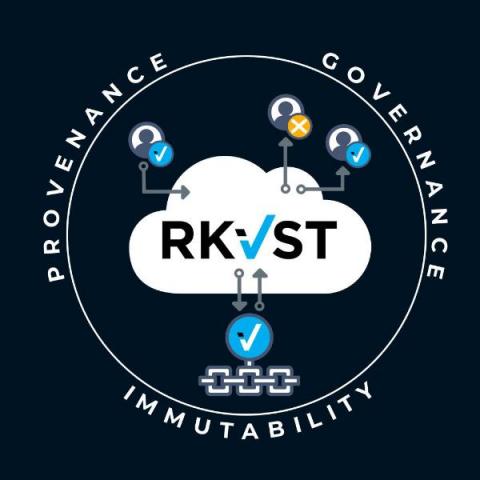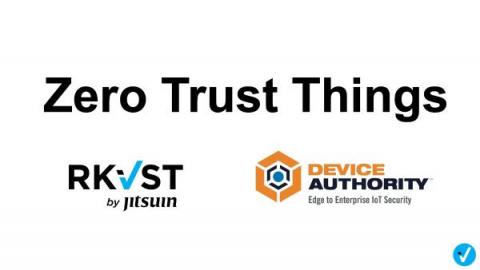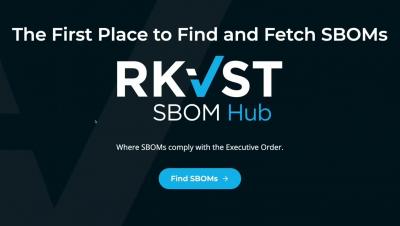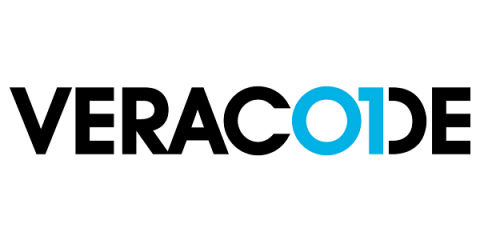RKVST Set Free
Today we make RKVST available for public use with a free access tier so you can discover what a Zero Trust Fabric can do for you. From tracking software supply chain lifecycles to nuclear waste, RKVST is a powerful tool that builds trust in multi-party processes, when it’s critical to have high assurance in data for confident decisions. But before going all the way you can start simple: tracking software releases and contents with SBOMs.







